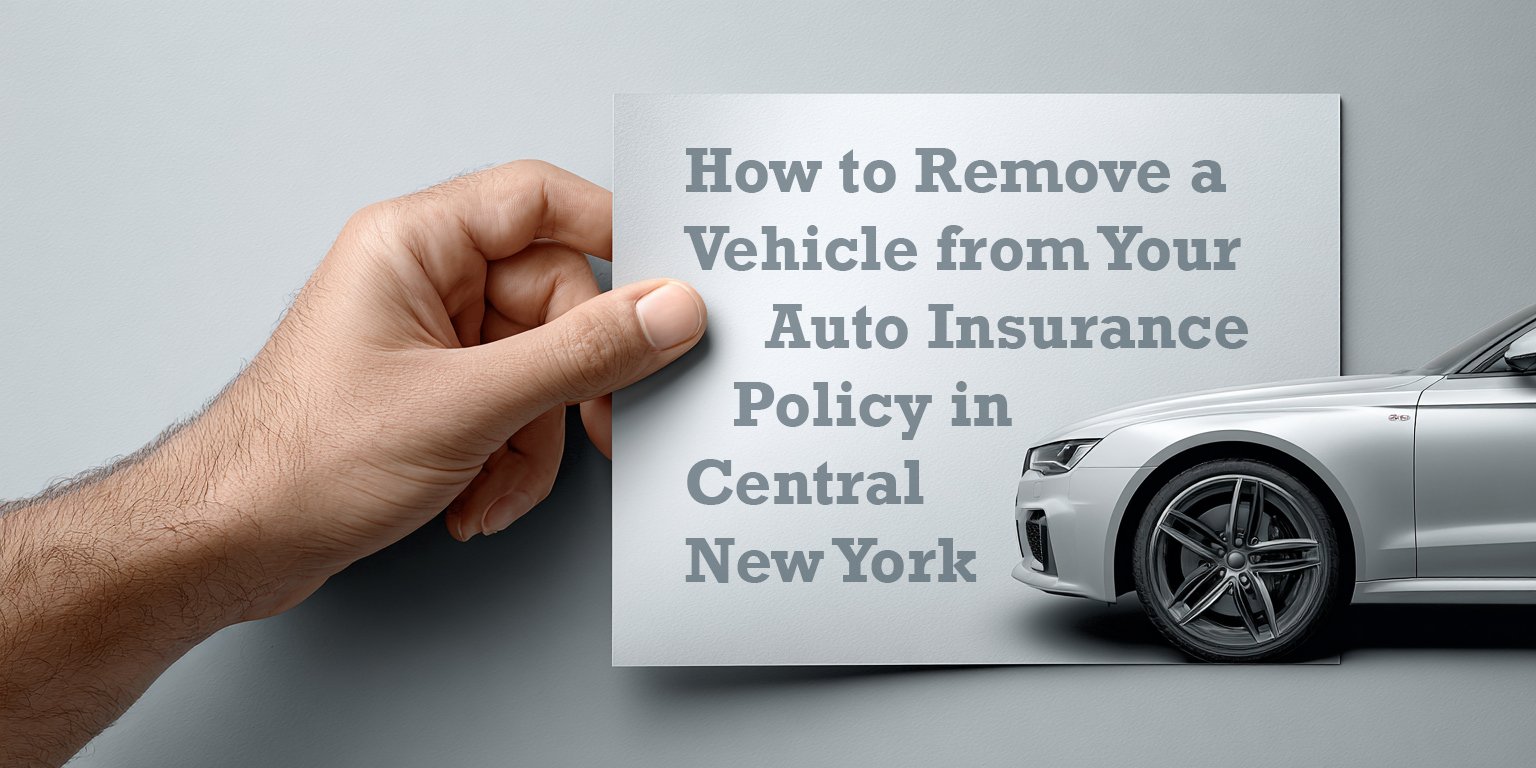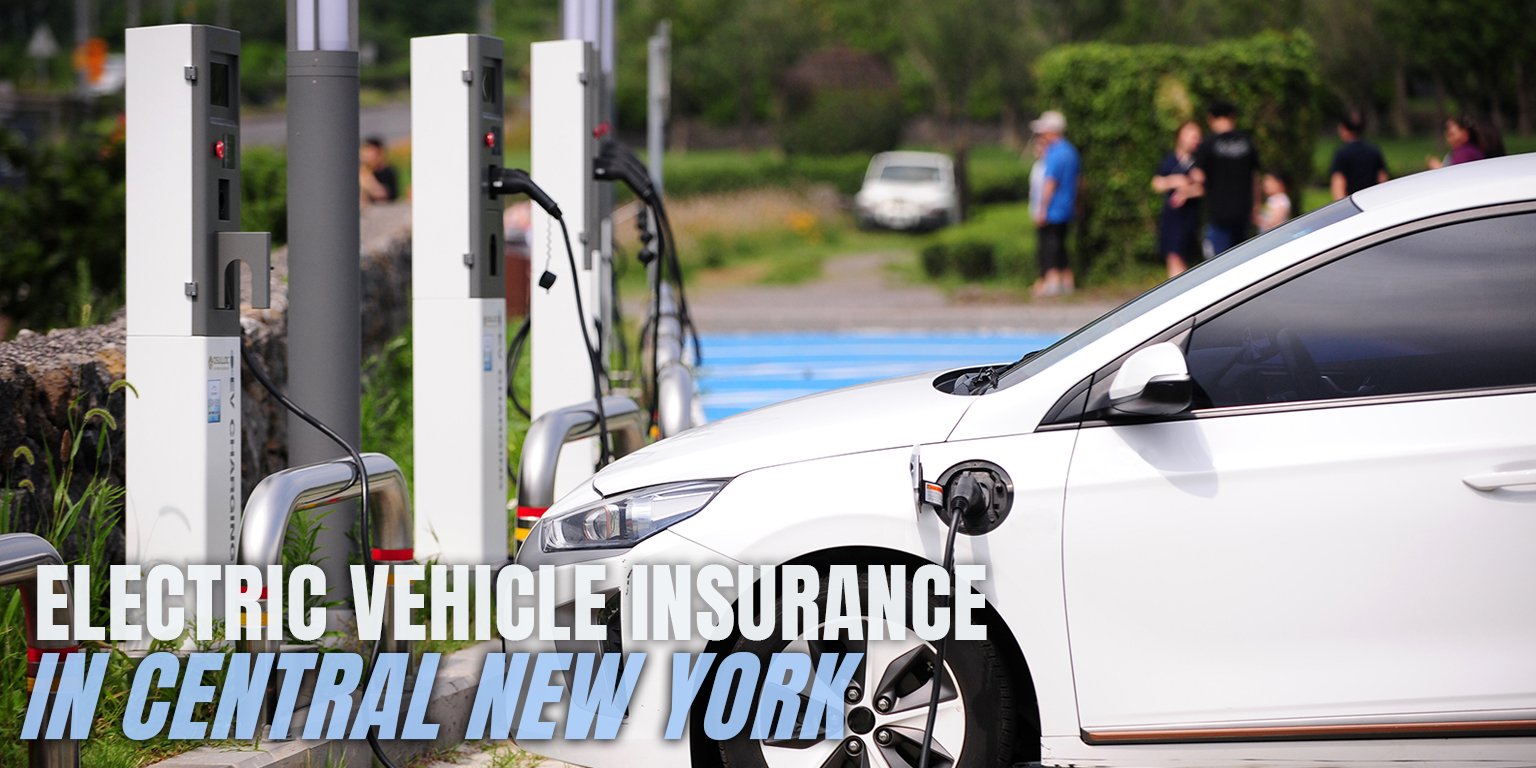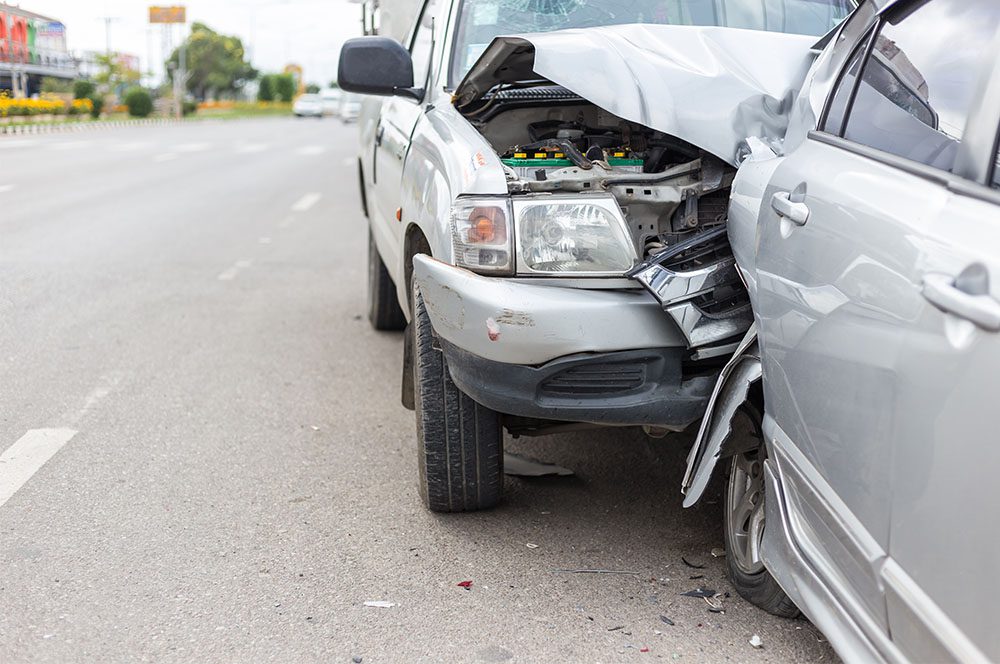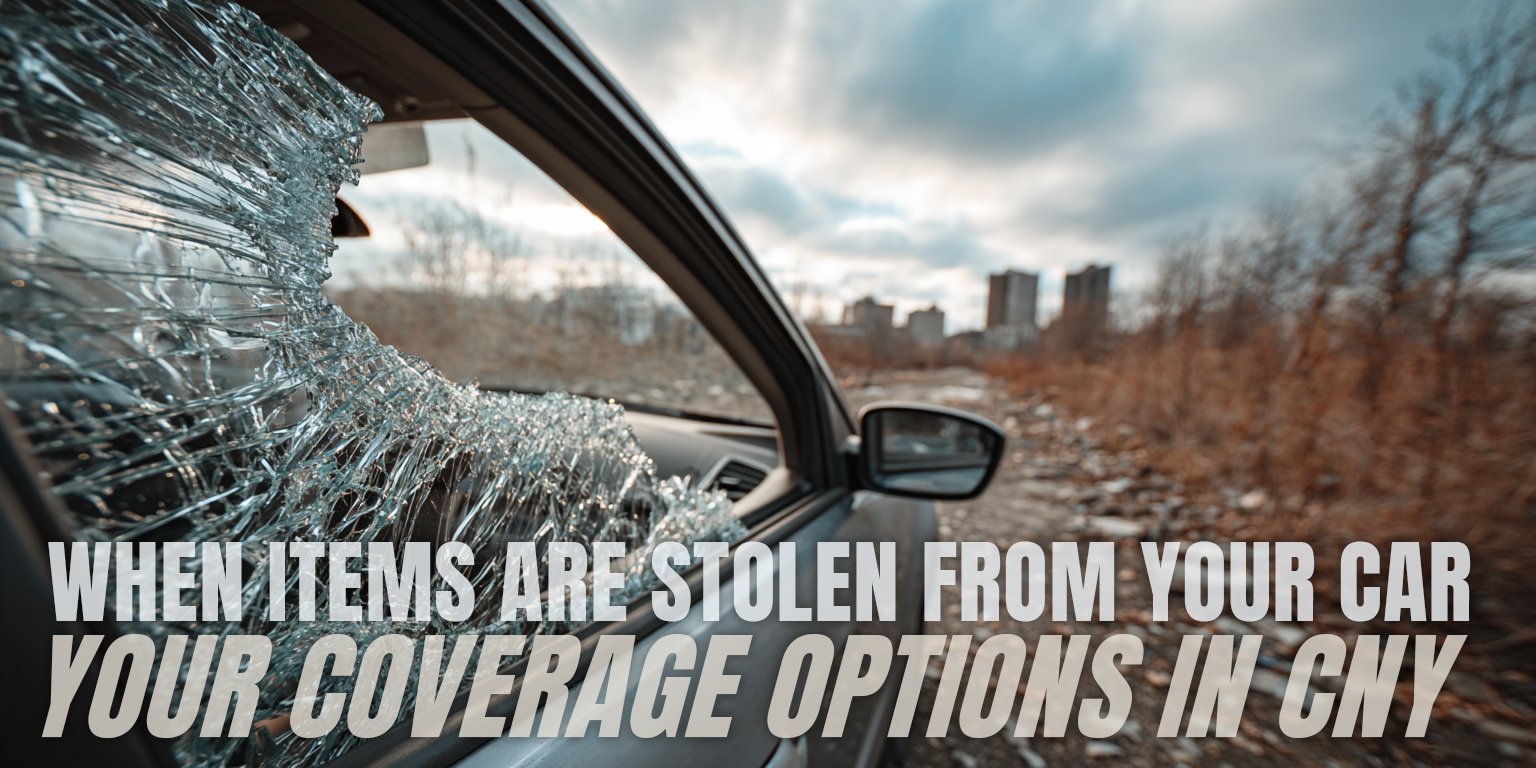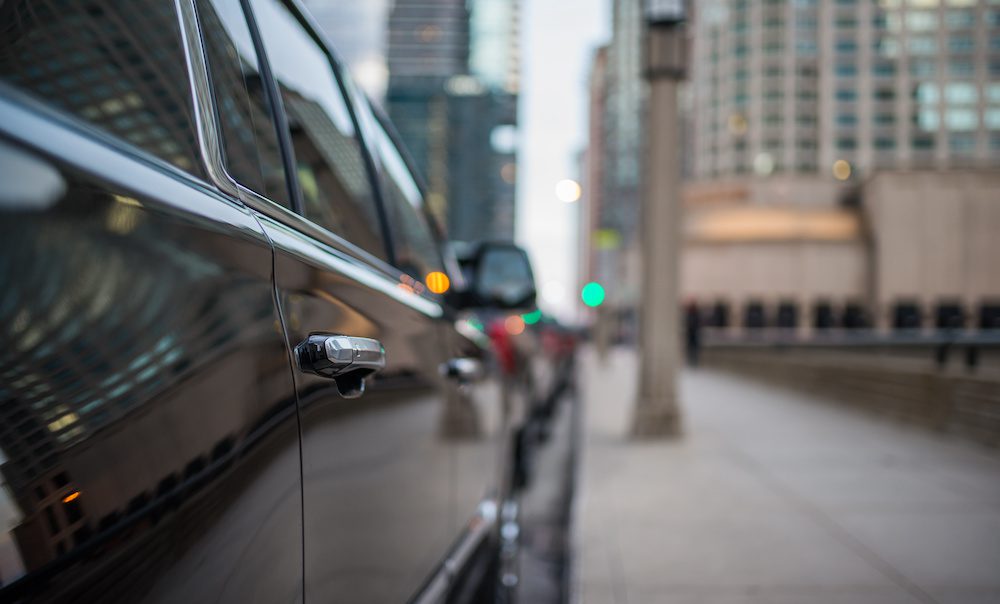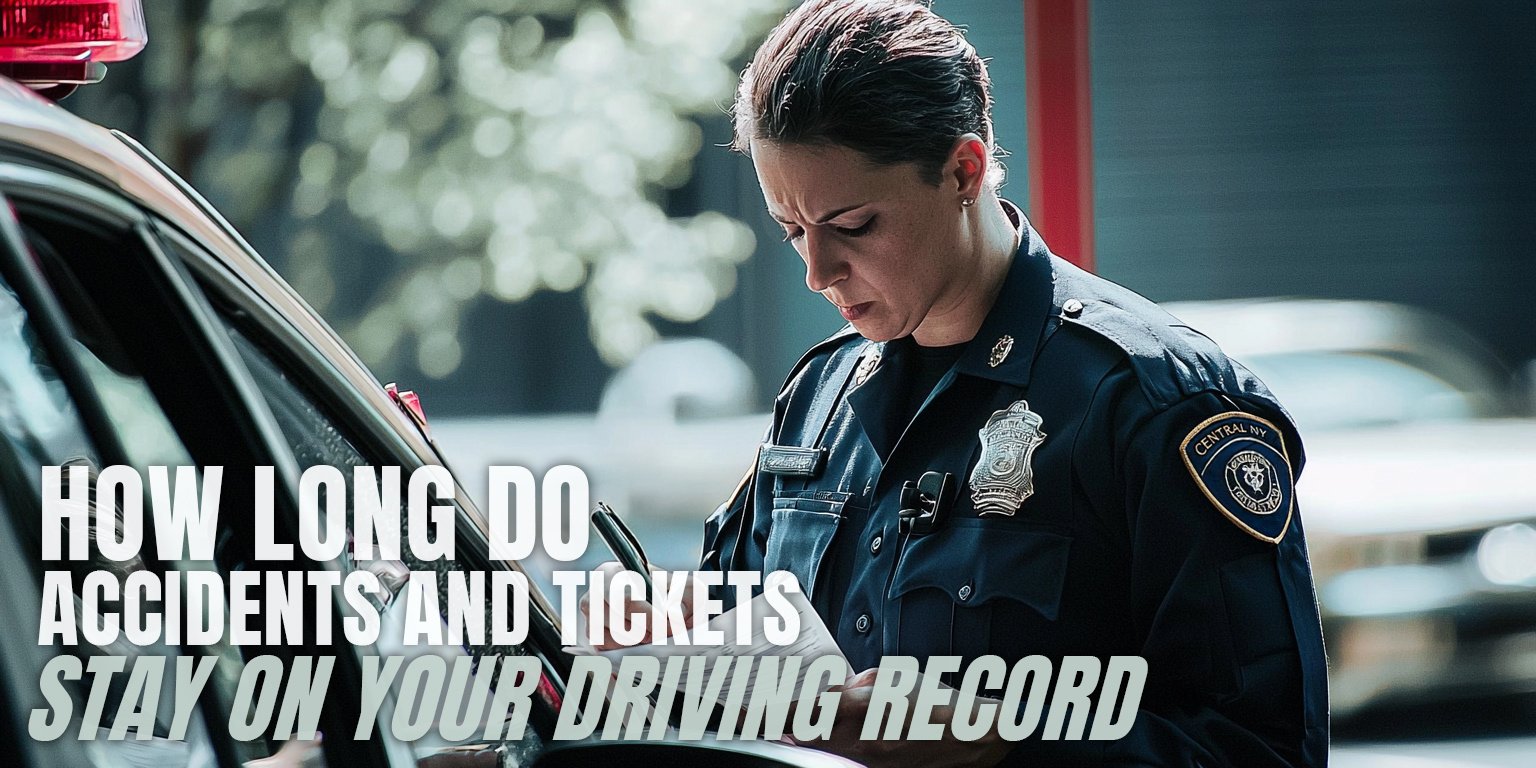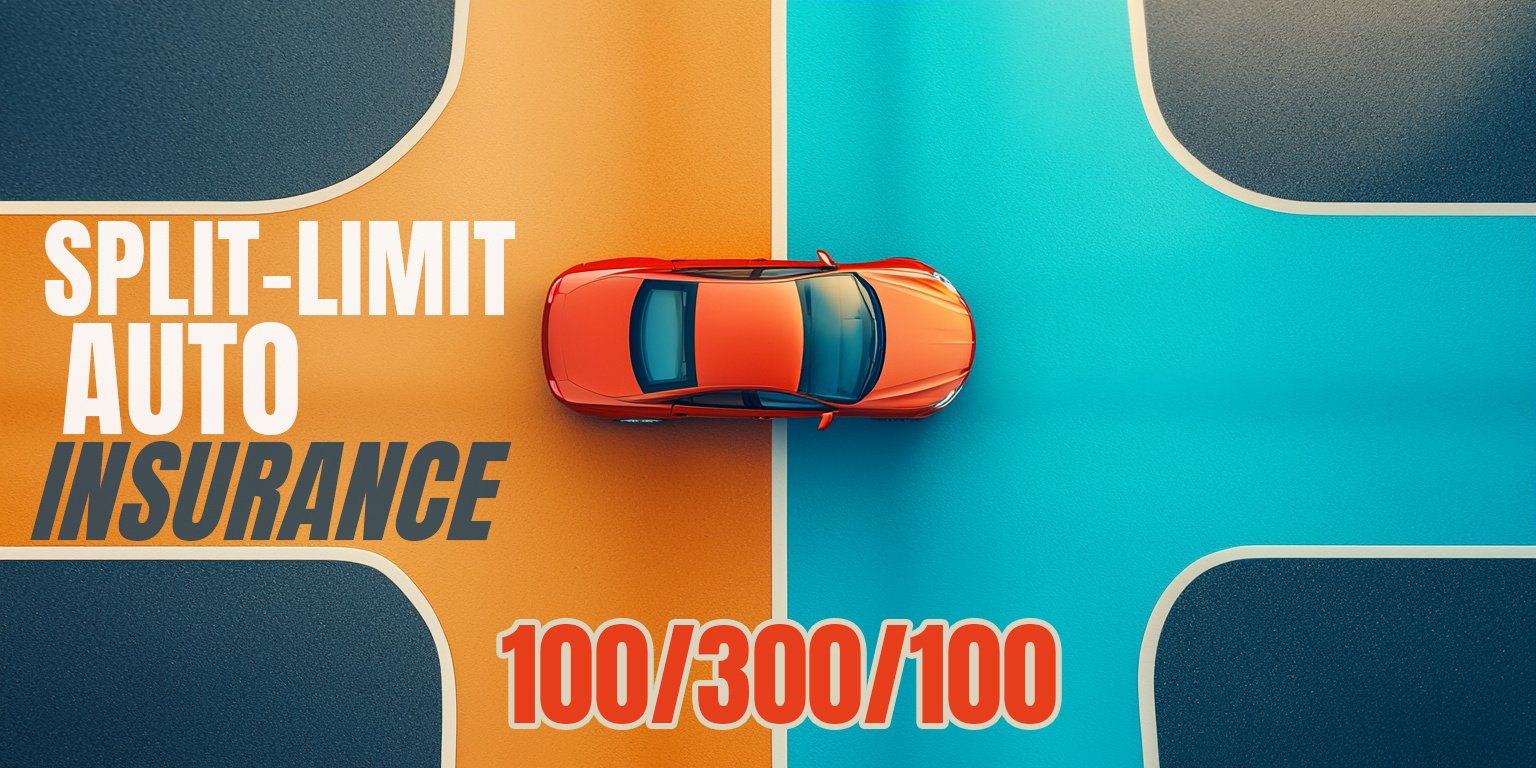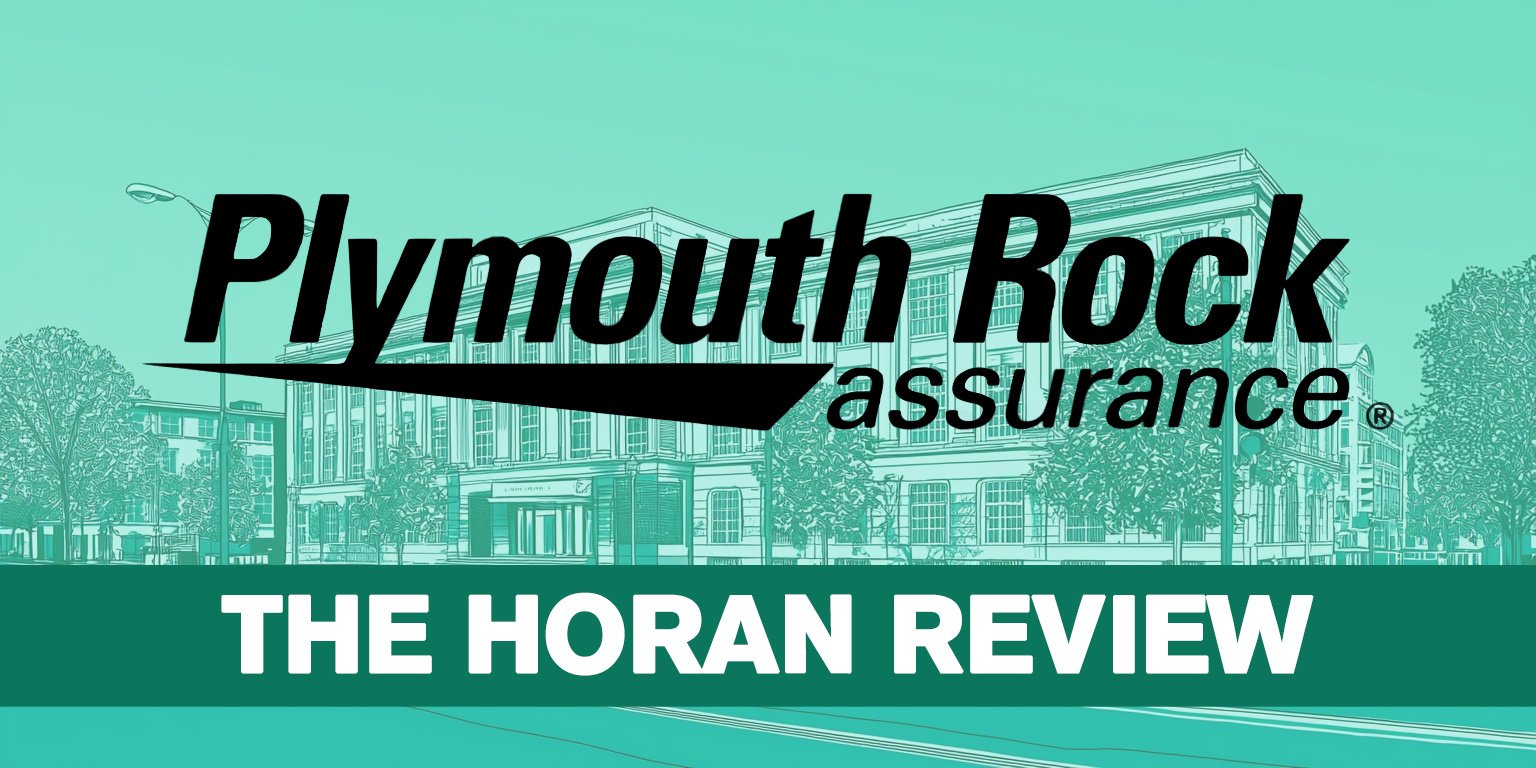Comprehensive vs. Collision Insurance: What’s the Difference?
May 1st, 2023
7 min read

Car owners in Central New York face a common challenge: understanding which insurance coverage truly fits their situation. You worry about making the wrong choice and ending up with a policy that doesn't address your specific requirements when you need it most.
The Horan insurance agency works with multiple carriers throughout Central New York, giving us insight into coverage options that many single-carrier agents can't provide. This perspective helps us assist drivers in exploring comprehensive and collision coverage based on their unique circumstances.
This article explains what comprehensive and collision coverage are, how they work differently, and why they matter for New York drivers. We'll also cover key factors to consider when evaluating these coverage options for your requirements and budget.
We'll cover how comprehensive and collision coverage function and how they might benefit different driving situations.
What Does Comprehensive Insurance Cover?
Comprehensive insurance—also known as “Other Than Collision” coverage—is often described as the portion of your policy that covers repair or replacement for events outside your control.
An exception will be if you’re hit by another vehicle. Even though such an accident is out of your control, that vehicle’s property damage liability would cover you for the damage, provided they have enough coverage.
Some believe that uninsured/underinsured motorist coverage takes care of the problem of other drivers who lack sufficient insurance. That might be true in several states but not in New York. So, it can be valuable to have suitable collision coverage in the Empire State, but we'll get to that.
Getting back to comprehensive, some examples of events covered by comp are:
- Damage from a hailstorm
- Falling objects, like a tree or an anvil
- If you hit a deer or a deer runs into your vehicle
- Theft of the vehicle (but not the possessions you had inside. For personal property coverage, you’ll need homeowners or renters insurance)
- Flood
- Vandalism
- Fire
- Window glass breakage
What Does Collision Insurance Cover?
 When your vehicle is damaged because you drove into something, the collision portion of your policy will pay for the physical damage to your vehicle up to the coverage limit (more on “coverage limits” later).
When your vehicle is damaged because you drove into something, the collision portion of your policy will pay for the physical damage to your vehicle up to the coverage limit (more on “coverage limits” later).
Armed with this info, you might ask, “What can I accidentally hit with my car that is covered under collision?”
The simple answer is: just about anything. We’re talking light poles, street signs, other vehicles, mailboxes, guardrails, the list goes on and on. In those same situations, your property damage liability will pay to repair or replace these items up to your policy's property damage coverage limits. Read What Does Property Damage Liability Cover? to obtain more information about that portion of your policy.
Notice that, two paragraphs above, the first sentence stated: “just about anything.” That means there are exceptions to the rule. If you hit a deer or other animal and your vehicle is damaged, that will not be covered by the collision portion of your policy.
The comprehensive portion of your policy covers damage caused by you hitting an animal, as described in the previous section.
A little-known fact is that if you hit a live animal, then the comprehensive portion of your policy will cover vehicle repair and replacement costs. Suppose you hit an animal on the road that is already dead. The collision portion of your policy will cover the physical damage.
This nuance is probably only necessary if you added comp but not collision coverage to your policy (more on that below). If you have both, you’re covered either way.
What Do Comprehensive and Collision Have in Common?
Both comprehensive and collision coverage are optional for New York State car insurance policies. These are optional coverages because they cover damages to your vehicle and only your vehicle. Most states are willing to let you take the risk of not having coverage to pay for the repair or replacement of your vehicle, but they have minimum requirements for coverage you must have to help protect others.
While the states are willing to allow you to run a financial risk, they will not allow you to run that risk on behalf of anyone else. That is why you must have minimum insurance coverage that helps address coverage for other people and their property. But if you borrow money to purchase a vehicle, the lender will require that comprehensive and collision insurance be included in the policy.
There are circumstances when having comprehensive or collision coverage no longer makes sense. We’ll explain in the next section.
Should I Always Include Collision and Comprehensive Coverage?
The bank will require you to include comprehensive and collision coverage if you owe money for your car. Therefore those coverages are options solely for vehicle owners with no existing liens. If you paid cash for your vehicle or have owned it long enough to have made all the payments on a loan, then optional comprehensive and collision coverage applies to you.
But knowing that, how do you determine if you should include comp and collision coverage? No formula will give you the answer. Each person needs to decide based on their financial situation. If you paid cash for a $25,000 vehicle, ask yourself if you can afford to buy another if that vehicle is totaled in a week.
Or, if you own a 12-year-old vehicle worth $4,000, can you afford to buy another vehicle if that vehicle gets totaled next week? The answer to these questions will go a long way in helping you decide.

The more expensive the vehicle, the more valuable having these coverages becomes. If the cost of your auto insurance is more affordable than the potential repairs or replacement of the vehicle, then consider keeping the insurance. If you can afford to pay for those potential costs, you probably don’t need to pay for the coverage.
Another consideration is if the vehicle is your primary transportation or a toy. Let’s say you bought an older pickup truck for occasional use. Maybe you drive it less now than in previous years. It may not be worth replacing if it’s damaged in an accident.
But if the vehicle takes you to work every day, you may decide keeping the coverage will allow you to repair or replace the vehicle so you can keep your job.
The bottom line is to let your budget be your guide when deciding to include comp and collision coverage. It’s also worth noting that this is not an all-or-nothing decision. You can add comprehensive all by itself without adding collision. But know that some insurers require comprehensive coverage if you add collision.
You might include “comp only,” so at least you have coverage for items outside your control (like auto theft). And you may be willing to risk damage to your vehicle while driving because you feel in control.
You also have flexibility with deductible amounts for comp and collision coverage. You can choose different deductible levels for each type of coverage, and higher deductibles typically result in lower premium costs. If you finance your vehicle, lenders typically limit deductibles to $1,000 maximum for both comprehensive and collision coverage.
Adding one or both types of coverage can impact other coverage within the policy. For example, if you’ve ever asked, “Should I have rental insurance?” be aware that this can be impacted by whether you include comprehensive and collision. For more details about deductibles and related coverage options, read our article: “How Do Car Insurance Deductibles Work?”
Here are some frequent questions we get regarding these coverages and related claims scenarios.
What if the Repair Costs Exceed the Value of the Vehicle?
Whether a newer vehicle is severely damaged in a rollover accident or an older vehicle sideswipes a guardrail, the repair cost can exceed the vehicle’s value. In those situations, the vehicle may be labeled as a total loss, with the insurance company deeming the vehicle not worthy of repair.
Instead of paying for repairs, the insurance company will pay you an amount they feel the vehicle was worth immediately before the accident. The idea is that this amount would allow you to purchase another vehicle with similar age, mileage, and features. The payout isn’t designed to allow you to buy a brand-new version of the vehicle.
How is My Loan Paid if My Vehicle is Totaled?
When you add comprehensive or collision coverage to your policy, the insurance company determines your vehicle's actual cash value (ACV) by subtracting depreciation from the vehicle's original purchase price. This value typically decreases faster than your loan balance, especially early in your ownership.
The insurance company is not concerned about how much you borrowed when you purchased your vehicle. The coverage amount is based on the vehicle's current value, not your loan amount. Let's look at two scenarios:
- Scenario 1: If the vehicle’s value is higher than the loan amount when a vehicle is totaled, the bank gets paid first, and you’ll receive the remainder.
- Scenario 2: If the vehicle’s value is lower than the loan balance, the bank gets paid the total amount up to the coverage limit, and you’ll owe the bank money.
In the second scenario, you no longer have a vehicle you can drive but still have to make payments to pay off the remaining loan balance. Since the collateral for the loan is gone, the bank may require you to pay off the loan in full.
That is why purchasing vehicles you can afford is essential.
When you purchase a vehicle, you may be able to include something called GAP insurance in your loan package. Suppose your vehicle is totaled in an accident or stolen. In that case, GAP (or “guaranteed auto protection”) insurance will pay the difference between what you owe the bank and what the vehicle is worth if you owe more than the vehicle’s value.
Read What is GAP Insurance to learn whether or not you need GAP.
Understanding Coverage Amounts and Vehicle Valuation
If you own your vehicle outright, comprehensive and collision coverage remains optional for your auto policy. However, if you decide to add these coverages, the insurance company determines the coverage amounts based on your vehicle's characteristics.
When applying for car insurance, you must provide the vehicle identification number (VIN). Each VIN is unique to each vehicle and provides detailed information about the features of that vehicle.
- Does it have a sunroof?
- Does it have adaptive cruise control?
- Is it a hybrid?
The VIN is like a fingerprint for a vehicle.
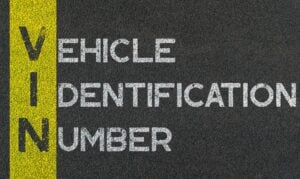
This fingerprint allows the insurance company to determine the vehicle’s value. The insurer will decide how much comp or collision liability your vehicle needs based on industry repair and replacement costs.
You have no control over the value an insurance company sets. You either accept that number, or you don’t.
Age and mileage are two significant factors when determining the value of a vehicle. While repair costs may not change much as your vehicle ages, the replacement value typically decreases over time.
Apply This Information to Your Coverage Decisions
Understanding comprehensive and collision coverage gives you the information to make informed decisions about your auto insurance in Central New York. These coverage types address different risks, and knowing when each applies can help you evaluate what makes sense for your situation.
Your claims history, vehicle value, and personal financial circumstances all factor into whether comprehensive and collision coverage fit your requirements. The key is understanding what each coverage does and doesn't cover, then weighing those benefits against the costs.
At the Horan insurance agency, we work with multiple carriers to help Central New York drivers explore their coverage options. Our experience with different insurers gives us insight into how various policies handle comprehensive and collision claims.
If you're evaluating your current auto insurance or shopping for coverage on a new vehicle, we can provide information about comprehensive and collision options from different carriers. This helps you compare not just prices, but how different insurers handle claims and coverage specifics.
Click the Get a Quote button below to learn more about comprehensive and collision coverage options that might work for your situation.
Daniel is an accomplished content creator. He has been working in publishing for almost two decades. Horan Companies hired Daniel as its content manager in November 2022. The agency entrusted its messaging to him. Since then, Daniel has written insurance articles, service pages, PDF guides, and more. All in an effort to educate CNY readers. He's helping them understand the world of insurance so they can make informed decisions.
Topics:





